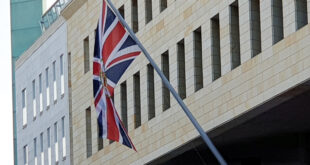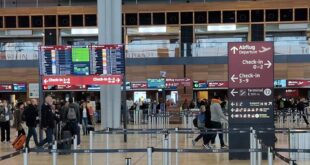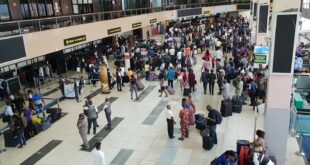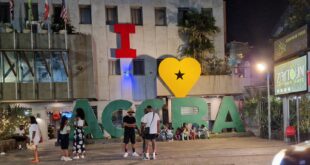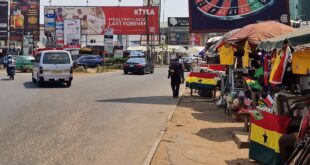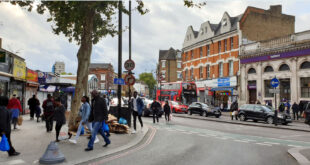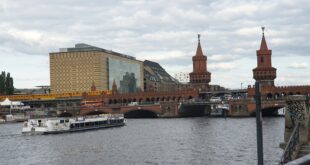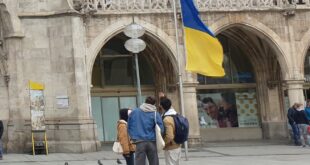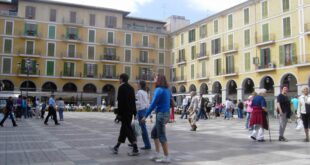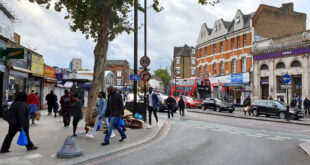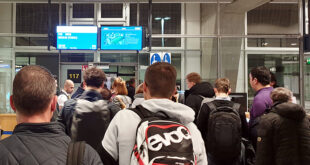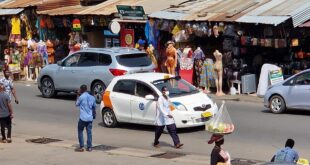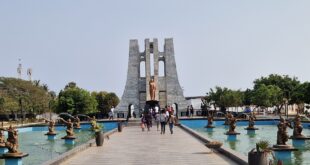Johannesburg is set to be the most popular destination city in Africa for the fourth year, according to the 2016 Mastercard Global Destinations Cities Index, released today, 15 November.
The city is expected to welcome 3.6 million international overnight visitors in 2016, a 6.2 percent increase on last year’s 3.39 million visitors. Cairo in Egypt is the second most visited African city with 1.5 million international overnight visitors followed by Cape Town (1.4 million visitors), Casablanca in Morocco (1 million visitors), and Durban (831,000 visitors).
“Tourism remains an important driver of South Africa’s economy, and the steady rise in visitor numbers indicates how the City of Gold’s fascinating mix of iconic attractions is proving ever more compelling to today’s international traveler,” says Mark Elliott, Division President, South Africa, Mastercard. “Visitor spend is an increasingly important source of revenue for the city’s hospitality, retail, transport, sports and cultural sectors.”
The Index provides more than a ranking of the 132 most visited cities around the world. It projects visitor volume and spend estimates for the 2016 calendar year, while delivering a deeper understanding of how people travel and spend around the world. The 13 African cities ranked in the Index are Johannesburg, Cape Town, Durban, Cairo, Casablanca, Accra, Nairobi, Beira, Dakar, Kampala, Lagos, Maputo and Tunis.
Of Johannesburg’s expected international overnight visitors, 373,000 will travel from London in 2016. Harare (294,000), Frankfurt (233,000), Maputo (185,000) and Paris (163,000) round out the list of the top five cities that send visitors to Johannesburg. Only 18% of Johannesburg’s international visitors are from outside the Middle East and Africa region.

Johannesburg also comes out tops in Africa in terms of international visitor expenditure, with travellers expected to spend US$1.73 billion in 2016. Londoners are expected to spend the most (US$285 million), followed by visitors from Paris (US$155 million), Harare (US$106 million), Frankfurt (US$84 million), and Maputo (US$41 million).
According to the City of Johannesburg, the Index rating affirms Johannesburg’s position as the economic capital and heartbeat of trade and economic activity on the African continent.
“As the strong numbers of visitors from our neighbouring countries shows, Johannesburg is one of the continent’s most important business, cultural and economic hubs. Tourism is a priority industry for us and a pillar of our economic growth strategy for the years ahead,” says City of Johannesburg Executive Mayor Councillor Herman Mashaba.
“The index confirms Johannesburg’s status as a destination that attracts repeat visits due to its continually evolving tourism offering, from popular shopping destinations such as our malls to a wide range of lifestyle, sporting and business events.”
Cape Town and Durban are ranked number three and eight in terms of expenditure in Africa, with international visitors expected to spend US$1 billion and US$288 million respectively.
New Insights into Purpose of Travel and Local Spend
For the first time, the 2016 Index explores whether visitors travel for business or leisure and provides insights into how international visitors spend their time and money. It reveals that more than three quarters (75.6%) of total visitors to Johannesburg are travelling for leisure, while just less than a quarter (24.4%) are travelling on business.
Shopping is one of South Africa’s key attractions for international tourists, accounting for nearly 44% of the money visitors spend in Johannesburg and Cape Town. This is a higher proportion than any other African city and on par with major world shopping destinations such as London (46.7%) and Tokyo (43.1%).
Visitors to Johannesburg will spend around 14% on accommodation and the same amount on food and beverages. A further 10% of international visitor expenditure will be spent on local transport, and 11.5% on local services.
The world’s top destination cities
Bangkok, the top-ranked destination city by international overnight visitor arrivals, is projected to receive 21.47 million international overnight visitors in 2016, just ahead of second-ranked London, with 19.88 million visitors. Paris (18.03 million), Dubai (15.27 million) and New York (12.75 million) complete the top five.
“The way people travel and spend across borders indicates just how interconnected and important the world’s cities are,” says Elliott. “As the planning and experience of the trip become increasingly important, Mastercard is bringing all these pieces together seamlessly through innovation and connections.”
About the Mastercard Global Destination Cities Index
The Mastercard Index of Global Destination Cities ranks cities in terms of the number of their total international overnight visitor arrivals and the cross-border spending by these same visitors in the destination cities, and gives visitor and passenger growth forecasts for 2016.
Public data is used in deriving the international overnight visitor arrivals and their cross-border spending in each of the 132 destination cities, using custom-made algorithms; paying special attention to eliminate the hub effects for destination cities such as Singapore, Dubai, Amsterdam and Frankfurt.
This Index and the accompanying reports are not based on Mastercard volumes or transactional data.
 THE AFRICAN COURIER. Reporting Africa and its Diaspora! The African Courier is an international magazine published in Germany to report on Africa and the Diaspora African experience. The first issue of the bimonthly magazine appeared on the newsstands on 15 February 1998. The African Courier is a communication forum for European-African political, economic and cultural exchanges, and a voice for Africa in Europe.
THE AFRICAN COURIER. Reporting Africa and its Diaspora! The African Courier is an international magazine published in Germany to report on Africa and the Diaspora African experience. The first issue of the bimonthly magazine appeared on the newsstands on 15 February 1998. The African Courier is a communication forum for European-African political, economic and cultural exchanges, and a voice for Africa in Europe.



